Virtual Staging
Feb 4, 2025
10 Blogs On Home Design To Check In 2025
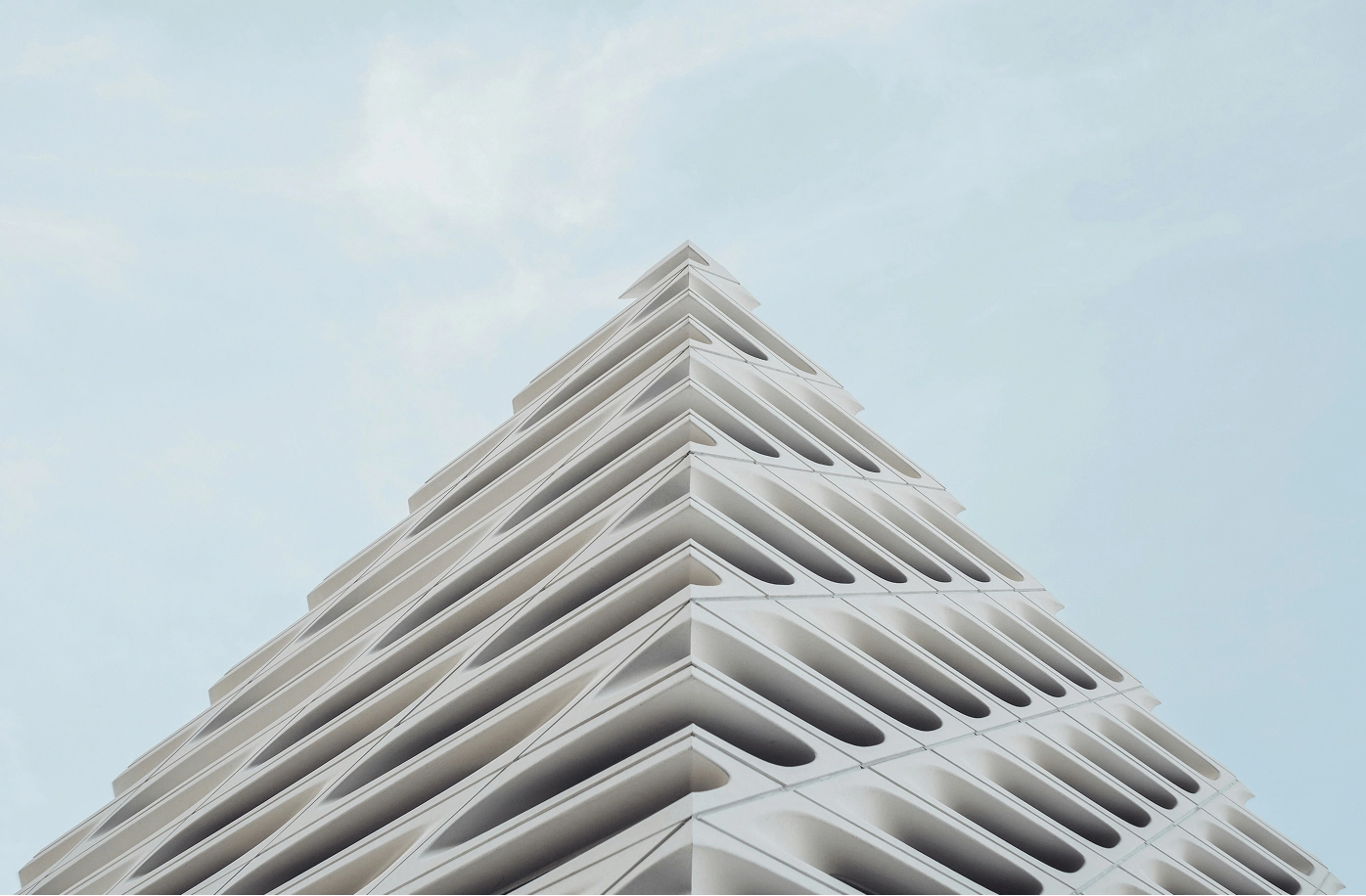
Virtual Staging
Feb 4, 2025
10 Blogs On Home Design To Check In 2025
Filters:
Filter:
All (45)
3D Rendering (11)
Floor Plan (3)
Real Estate (11)
Virtual Staging (20)
Sort by:
Newest first
Oldest first
Title, A-Z
Title, Z-A
Filter:
Sort By:
Search
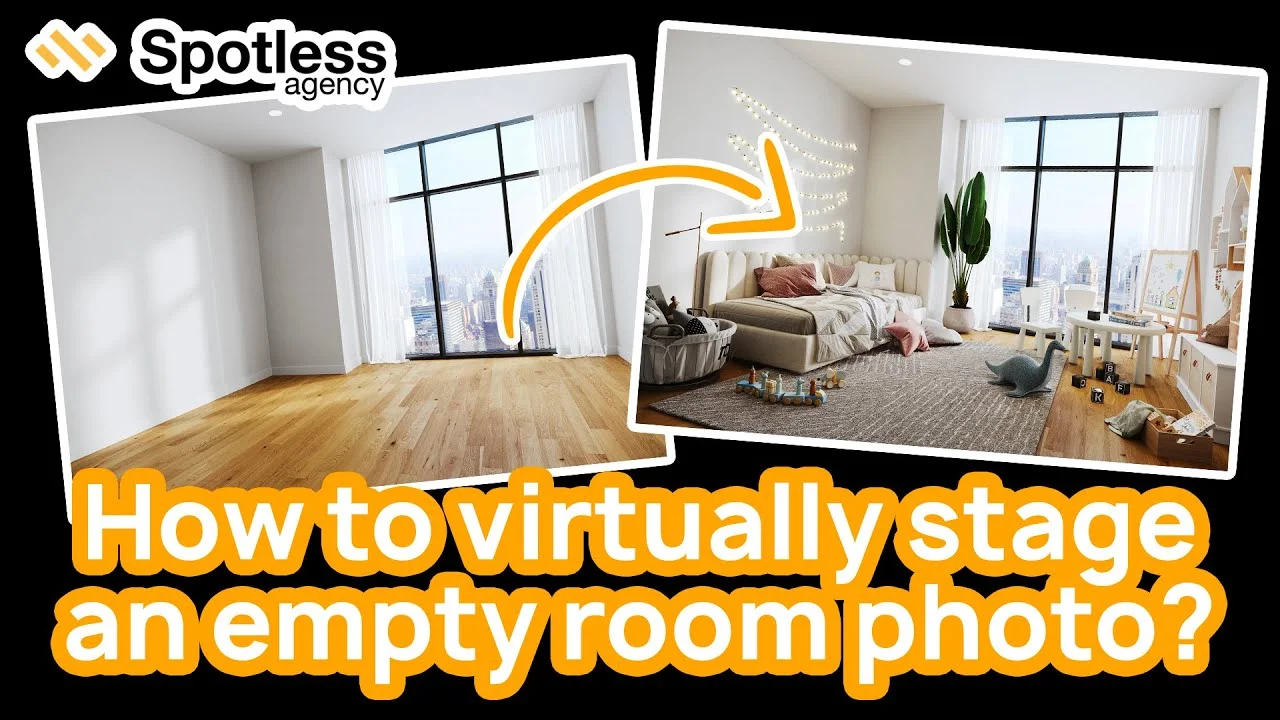
Virtual Staging
Feb 22, 2025
Virtual Staging: What Is It & How It Works
Virtual staging plays a significant role in many industries, but surprisingly, it remains unfamiliar to a lot of people. Check out this guide to learn about virtual staging, how it works, and other important aspects you should be aware of.
Read article

Real Estate
Feb 19, 2025
6 Pieces of Advice For Realtors To Withstand A Holiday Season
There are periods of great activity and periods of quiet in the world of real estate. The holiday season often presents challenges for agents, as the number of transactions and interested buyers and sellers tends to drop greatly. This happens because people enjoy their vacations, celebrate holidays and relax from work. It’s also a valuable time for realtors to have a rest and recharge for the next season. And these tips will help realtors spend this time period effectively as well.
Read article

Real Estate
Feb 16, 2025
3 Steps Real Estate Agents Make To Get A Vacation
Many real estate agents often find themselves too busy to take a break and have a rest. A short pause in their work can lead to fewer leads and the chance of missing out on lucrative deals. This is why they tend to work year-round, often sacrificing holidays and vacations.
While agents working in companies might have set vacation times, independent contractors and entrepreneurs have to make those choices themselves. They often see vacations as a luxury and take time off when their finances allow that, and this is a rare opportunity. They usually end up postponing their vacation for a later date, which comes very rarely.
If you’re one of those, who struggle to find time for a vacation but recognize the importance of rest, check out these three strategies to help you prioritize your well-being and get a perfect time to rest and charge with energy.
Read article
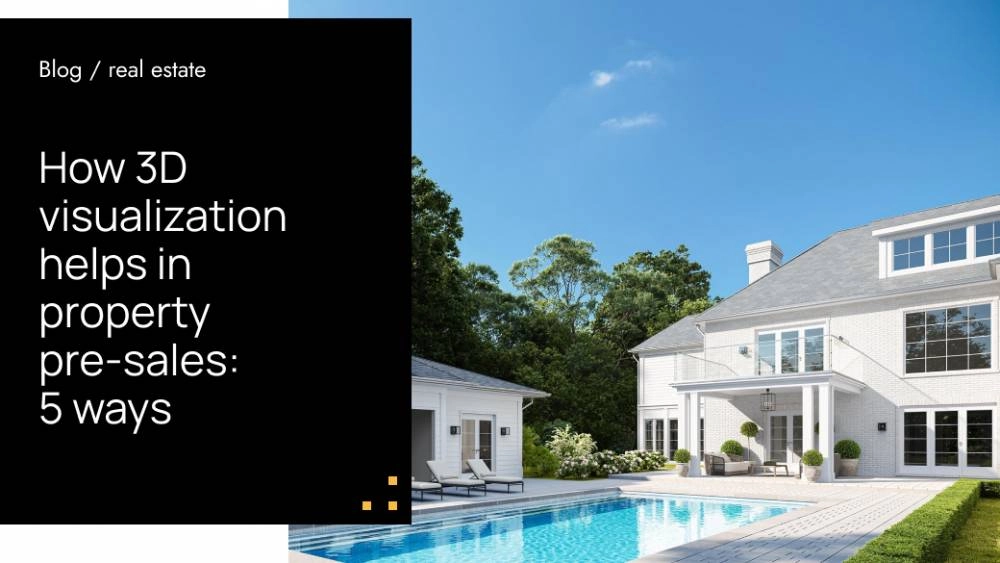
Real Estate
Feb 13, 2025
5 Reasons To Run Property Pre-sales Using 3D Visualization Solutions
If you’re in the real estate business and want to increase your sales, think about adopting 3D visualization technology. Don’t know how it can benefit you? Discover various use cases mentioned in this article, and you’ll be surprised by the results!
Read article
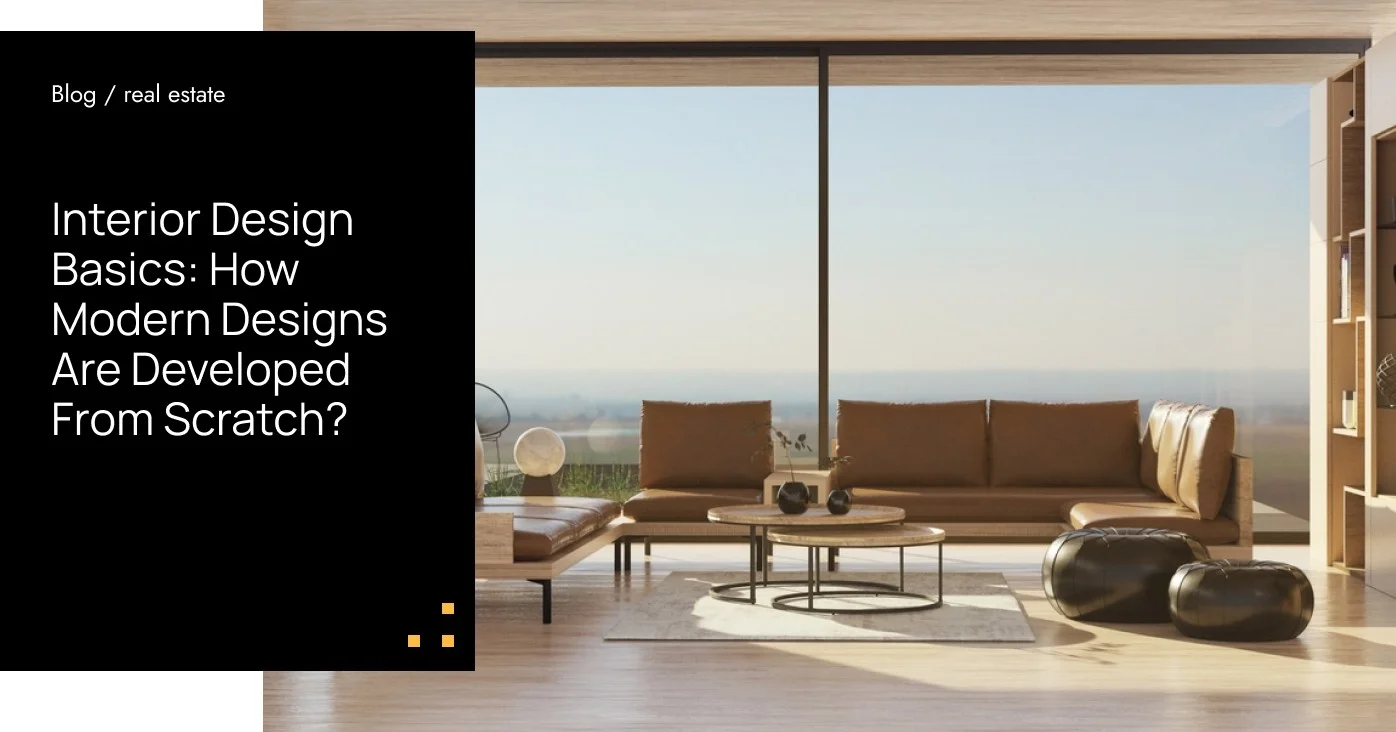
Virtual Staging
Feb 10, 2025
Interior Design Basics: How Modern Designs Are Developed From Scratch?
The phrase “interior design” is commonly used in many contexts, and it seems like everyone has some idea about it. But how can it be defined to understand it easily? This article will clarify the meaning of interior design and highlight various tasks associated with it nowadays.
Read article

Real Estate
Feb 7, 2025
7 Tips On How To Distinguish Best Realtors From Others
Only 5% of agents achieve top-tier status in the competitive world of real estate. New realtors often dream of joining this elite group, frequently turning to colleagues and helpful resources like the InboundREM Real Estate Prospecting tutorial for support. As they progress, successful agents tend to modify their approaches and develop unique habits that differentiate them from their fellow agents. Want to know what these changes are? Check out the actions and features that top real estate agents take, and others might miss.
Read article

Virtual Staging
Feb 4, 2025
10 Blogs On Home Design To Check In 2025
Design is a fascinating mix of art and science, which means you should always look for new concepts and knowledge. For instance, the idea of matching floor and ceiling lights might be one of the latest trends, but they can change quickly. If designers don’t keep track of modern aesthetics, their projects can easily get lost among countless others and feel outdated. This is why it’s essential for every designer to prioritize self-improvement and keep an eye on the latest developments in the field.
If you’re planning to redesign your home but feel uncertain about your choices, consider bistro furniture or attractive window treatments for a start. There are plenty of options available to refresh your home. To stay current with modern design trends, it’s helpful to seek inspiration from professionals. Many renowned designers share their thoughts on popular interior design blogs, so don’t miss the top 10 home design blogs to spark your creativity in 2025.
Read article

Virtual Staging
Jan 29, 2025
Preparing A Home For Sale: 5 Staging Tips That Work
A lot of people face challenges when it comes to selling their property and want to maximize its value. They often seek resources on how to sell a house fast and to ensure a successful transaction. There’s no sense to question the importance of thorough preparation before adding a house to the listings. It’s a common misconception that having a fully furnished or completely empty home is all that’s required for a sale. It’s better to pay attention to marketing strategies that provide numerous effective techniques and creative tips for staging a home and getting a great deal.
Read article
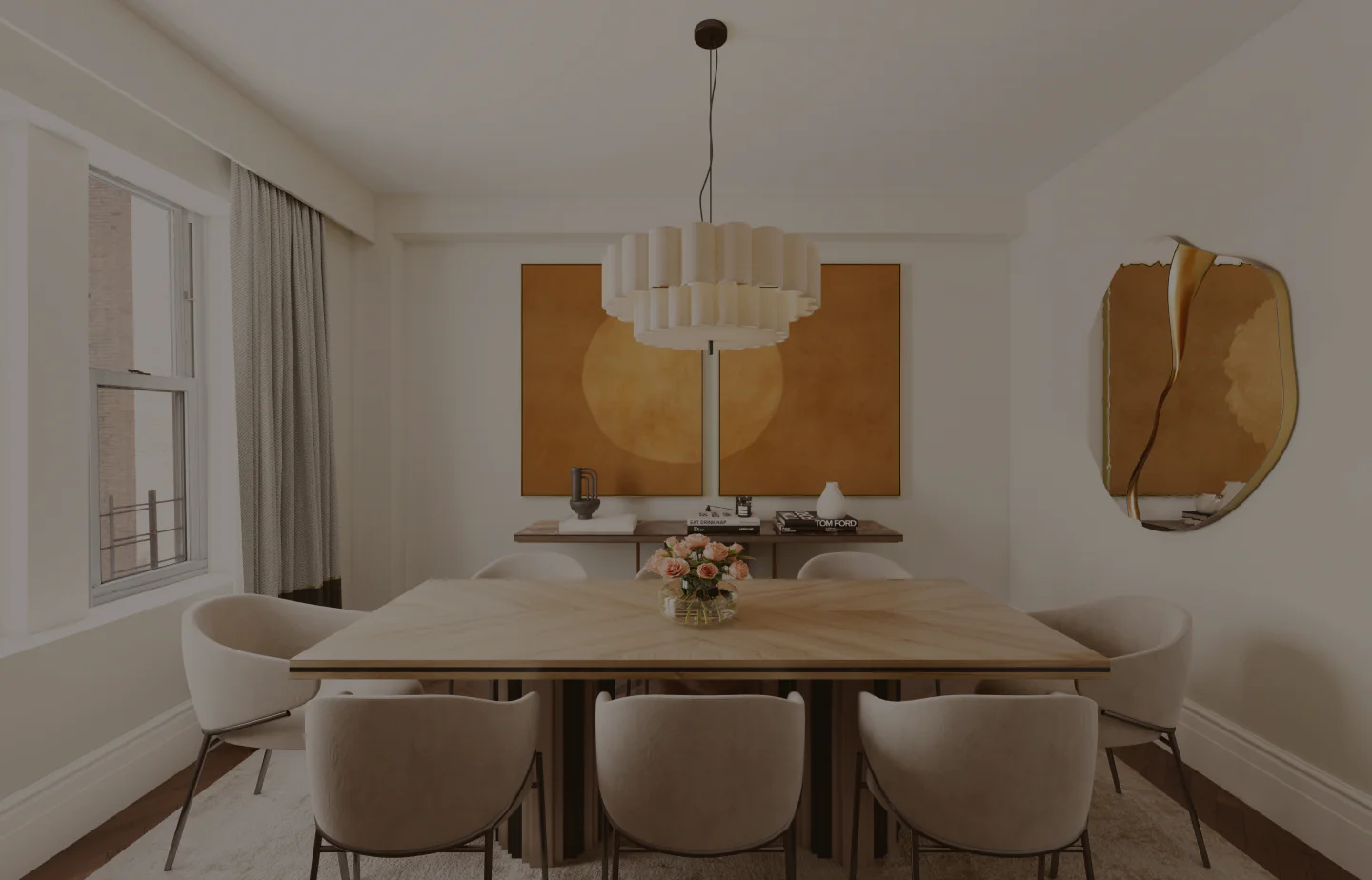

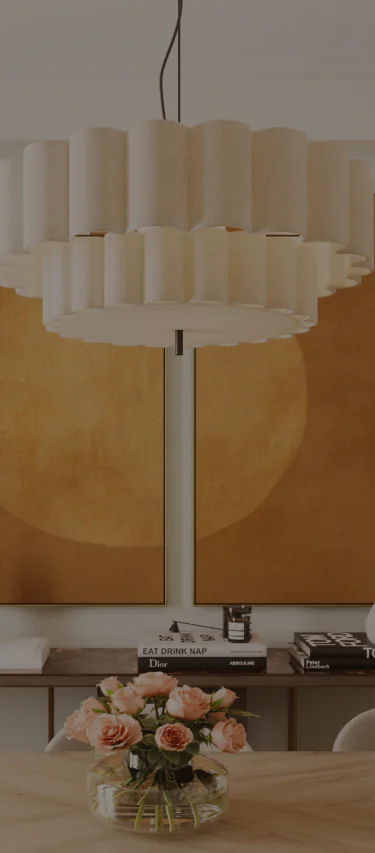
Press & Media
[email protected]Whether it’s one room or an entire property, we’re here to help you create a lasting impact
Thank you for writing us! Our manager will contact you soon.
Let’s start a project!
Thank you for writing us! Our manager will contact you soon.